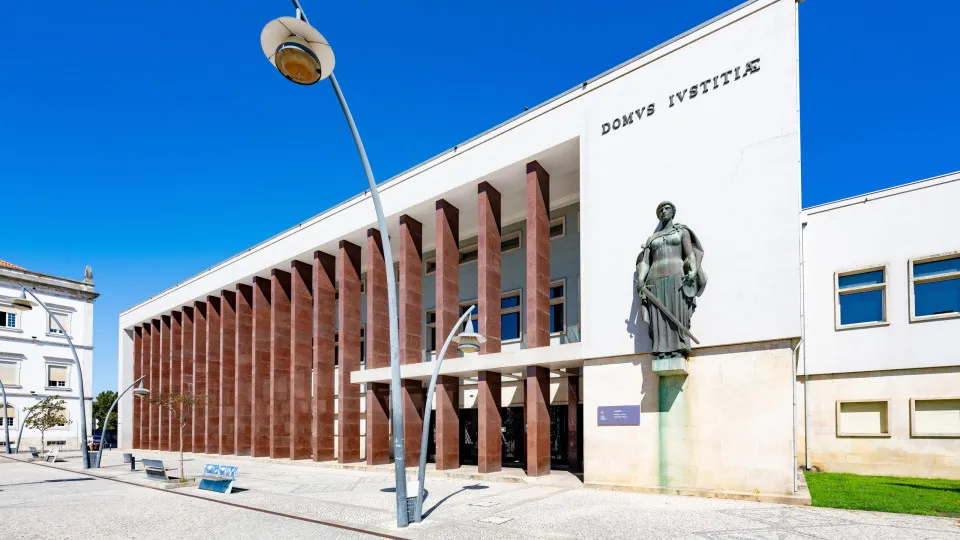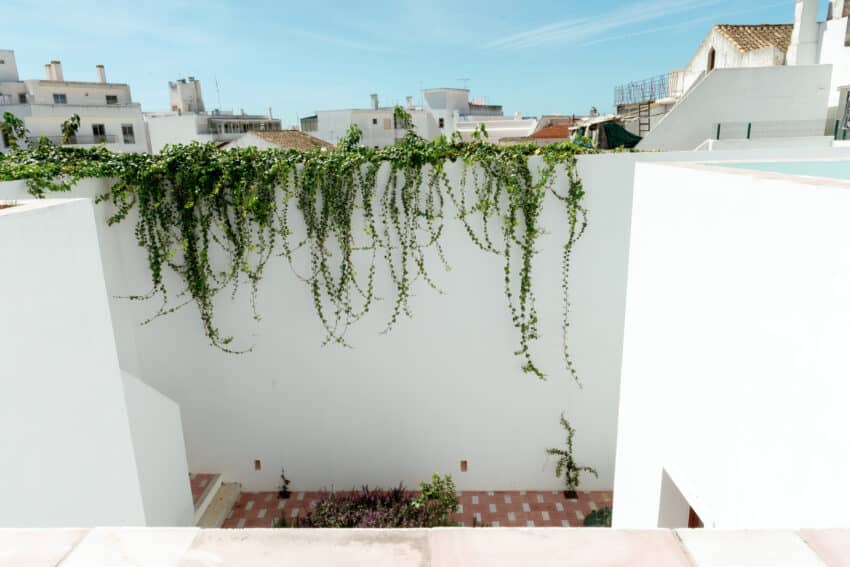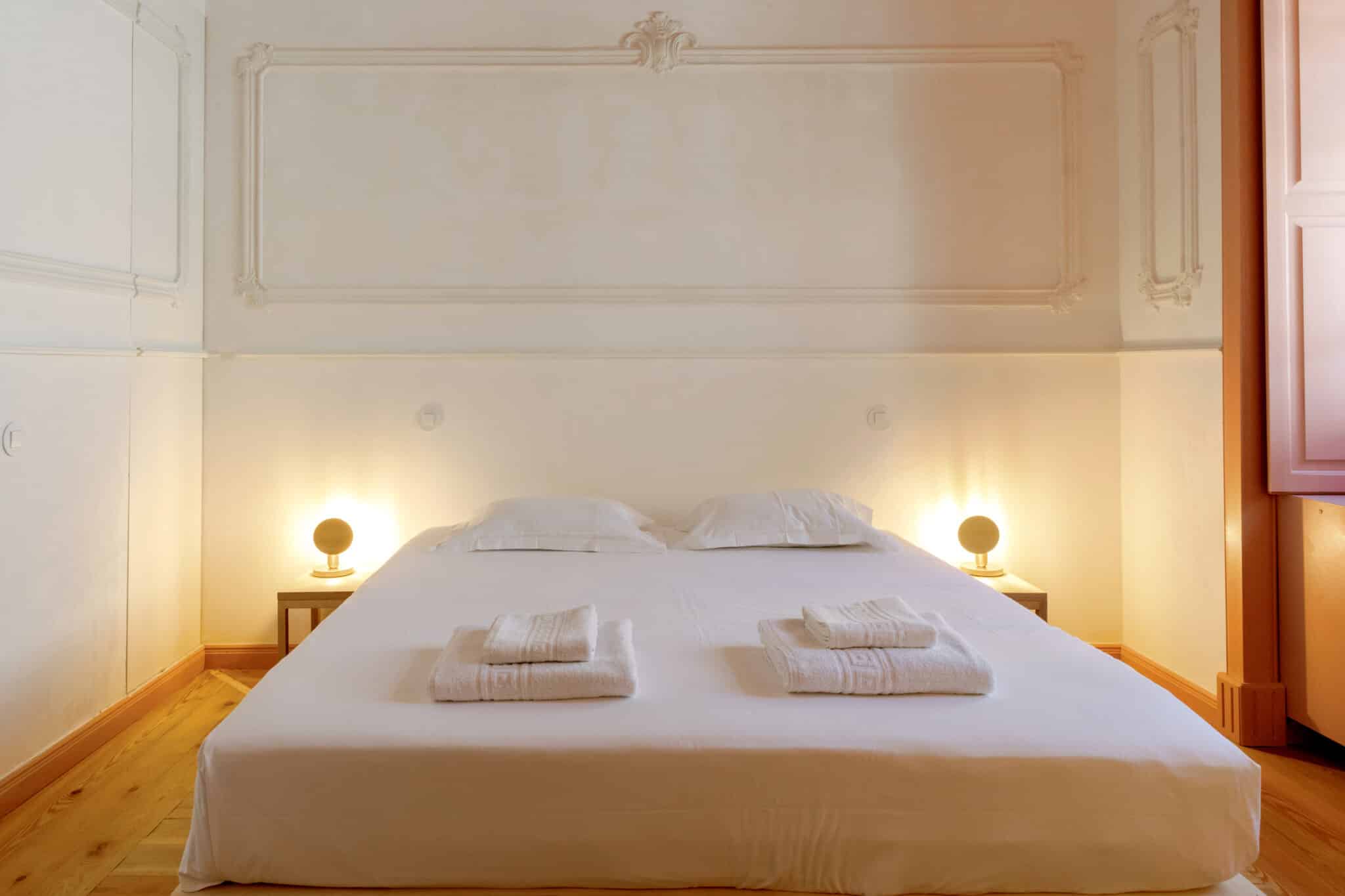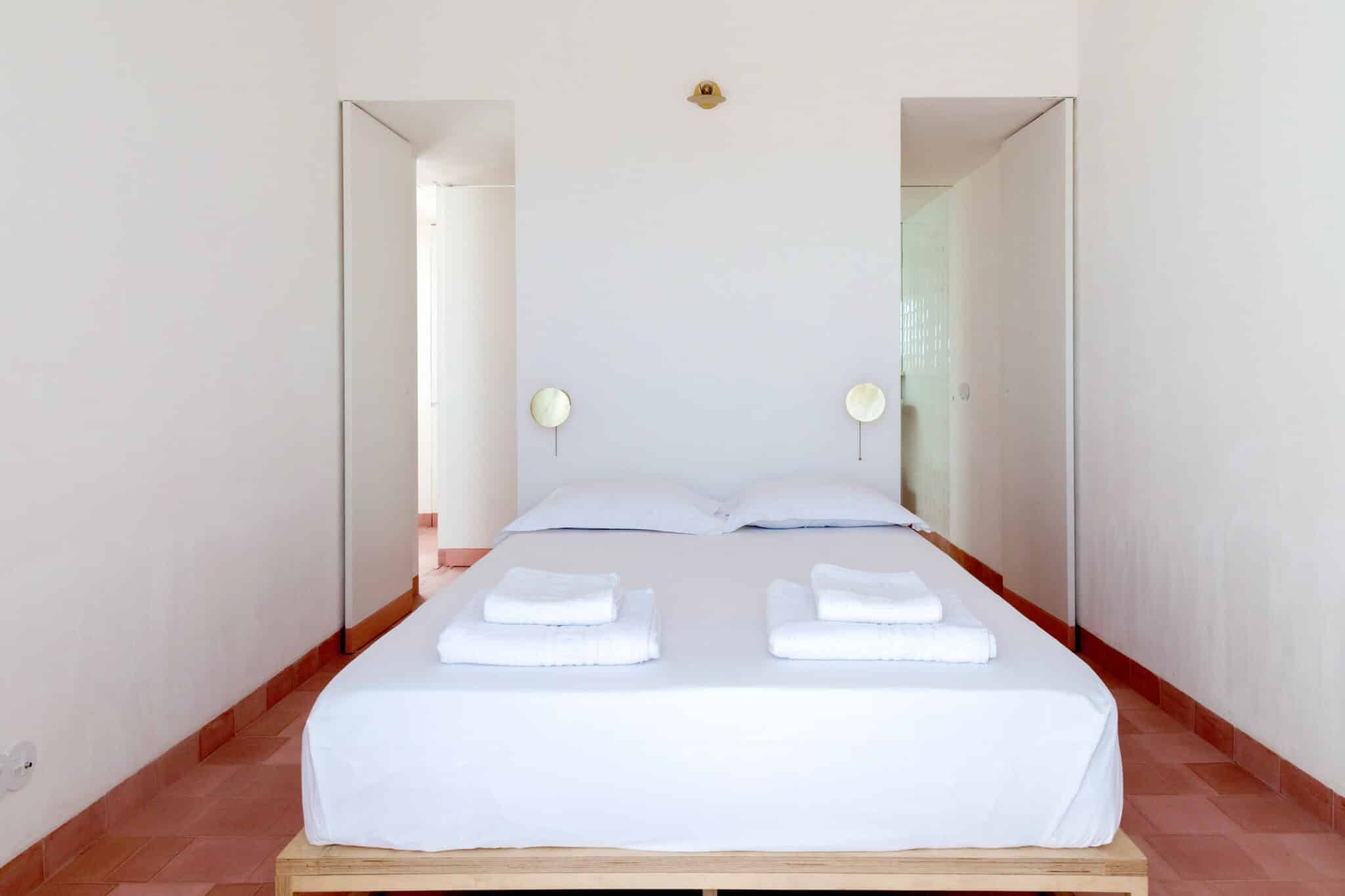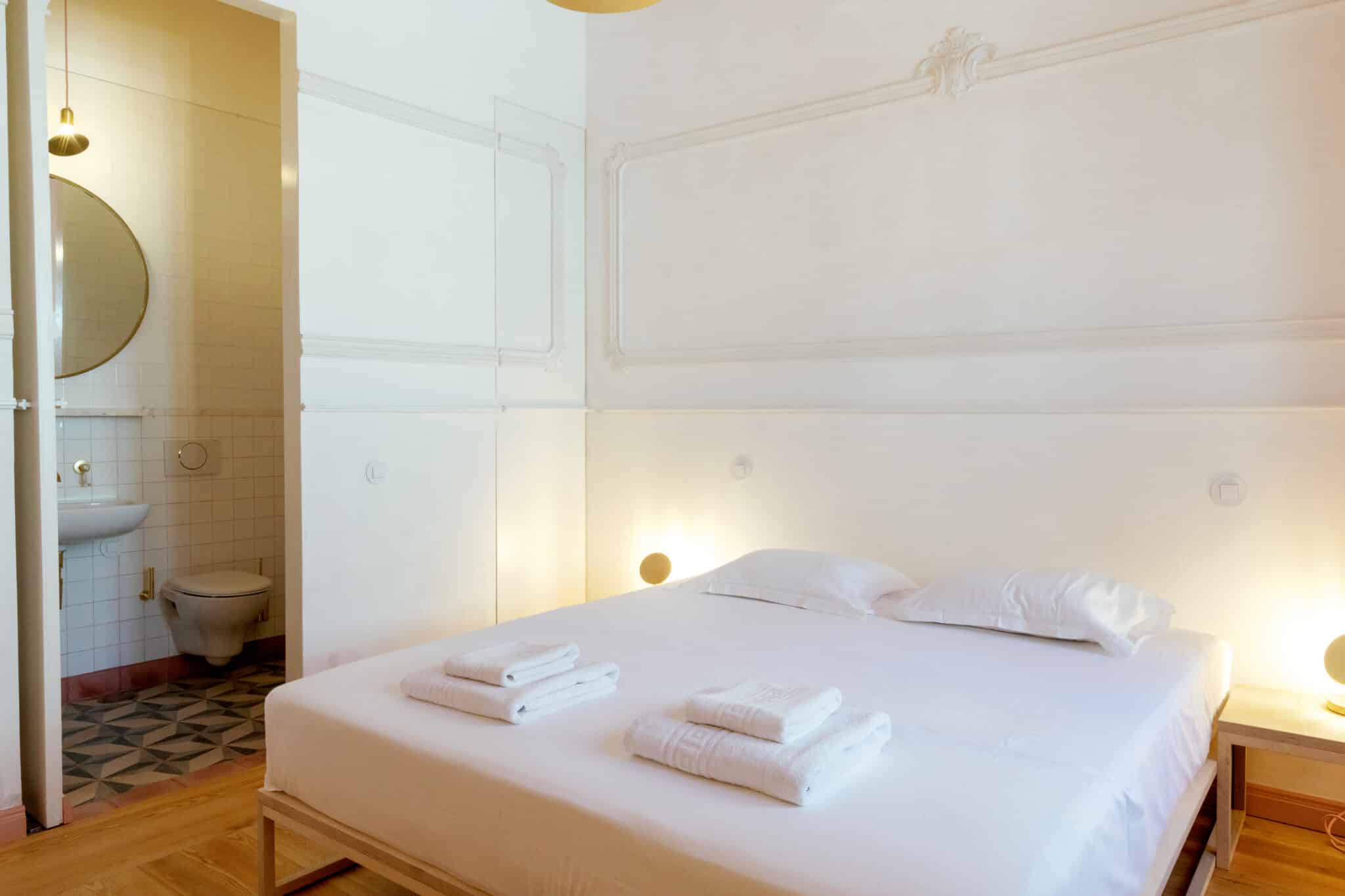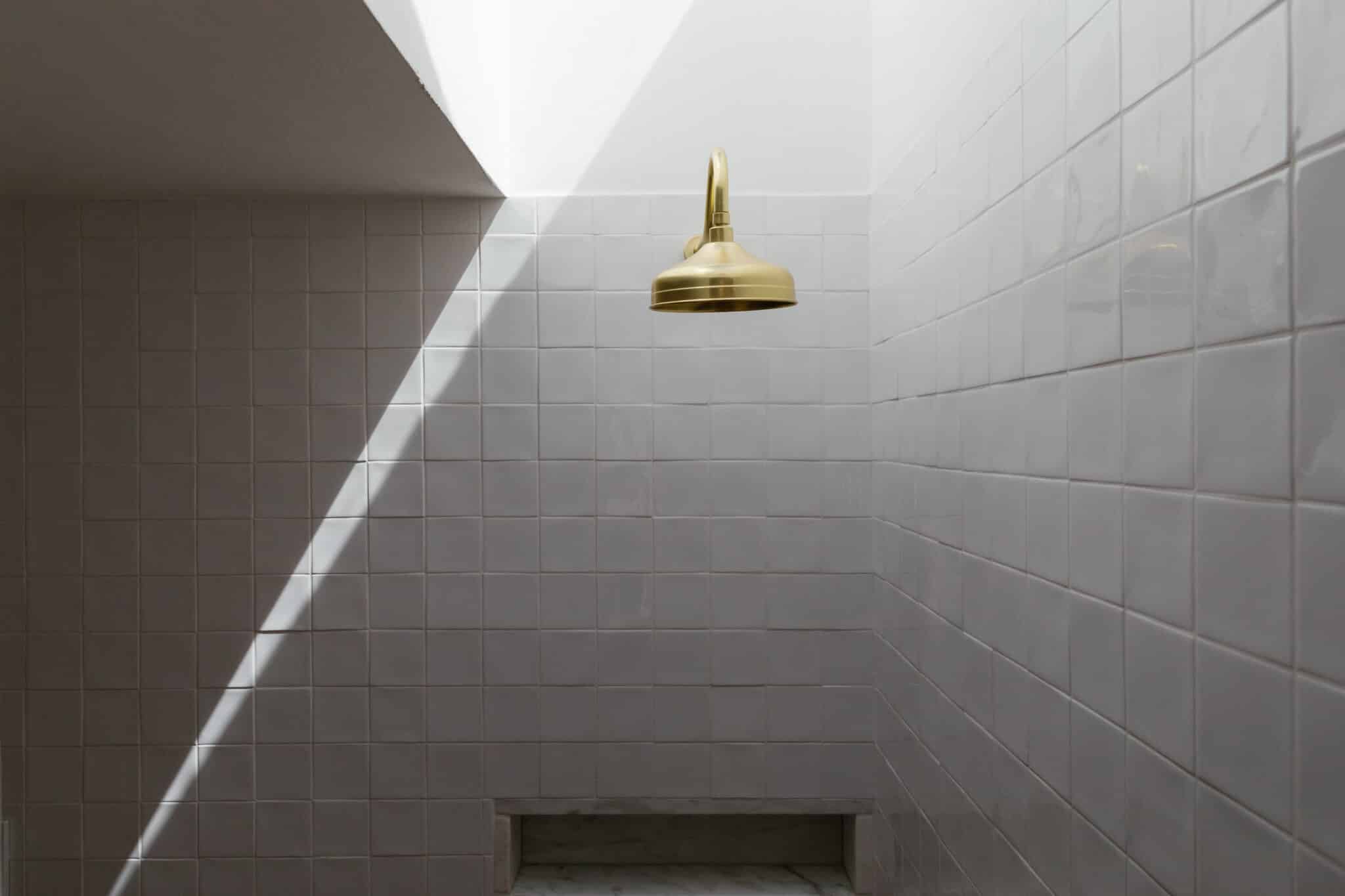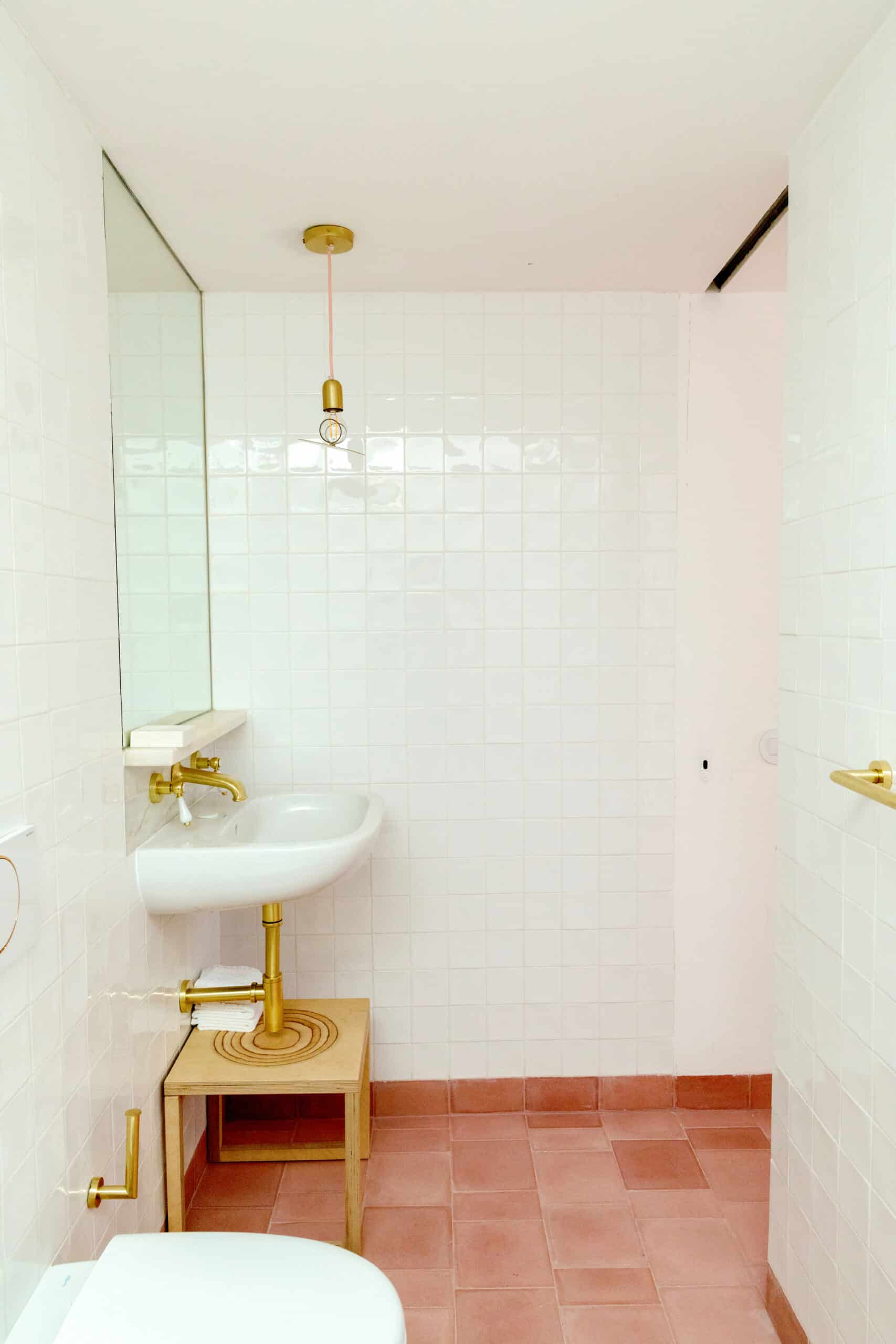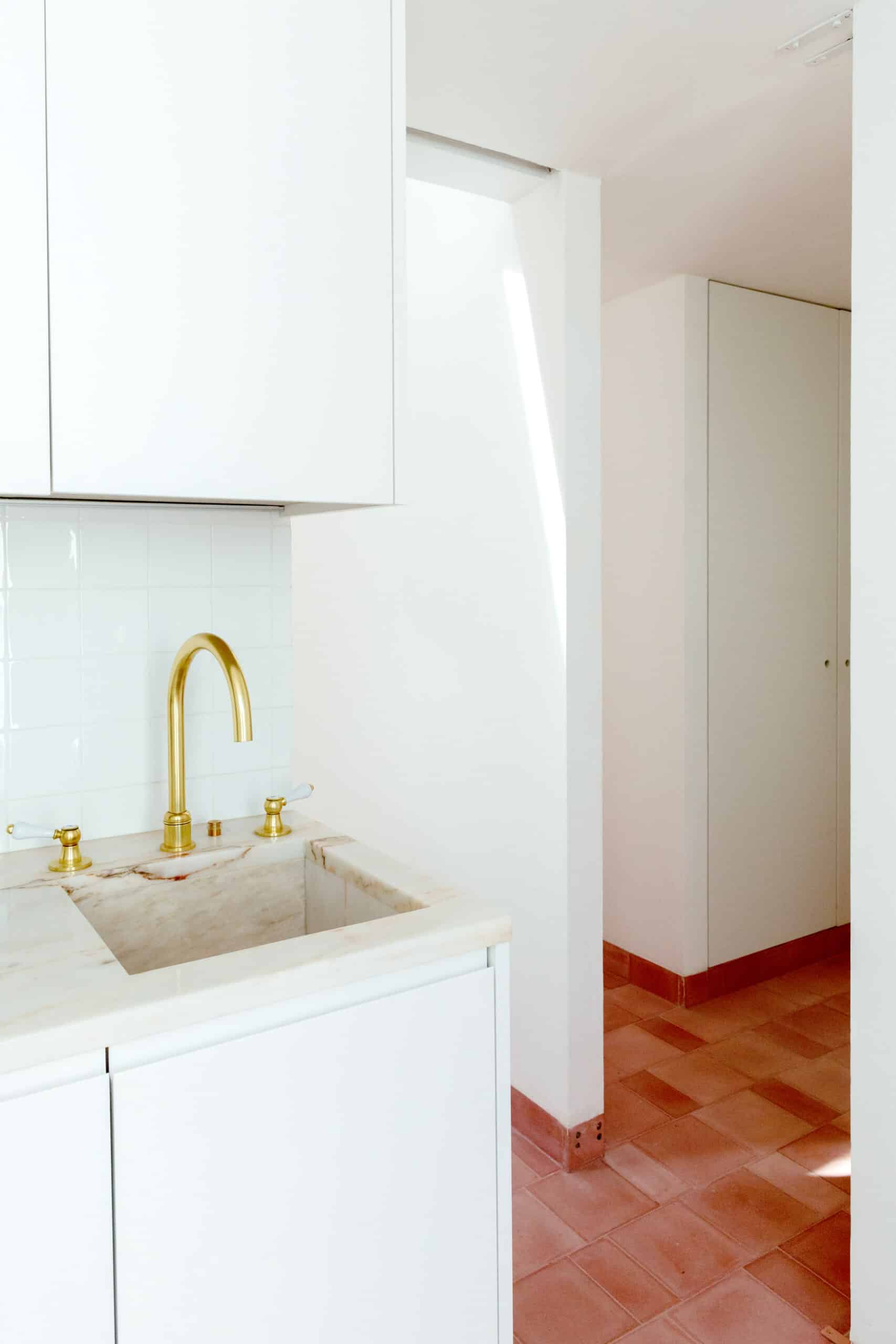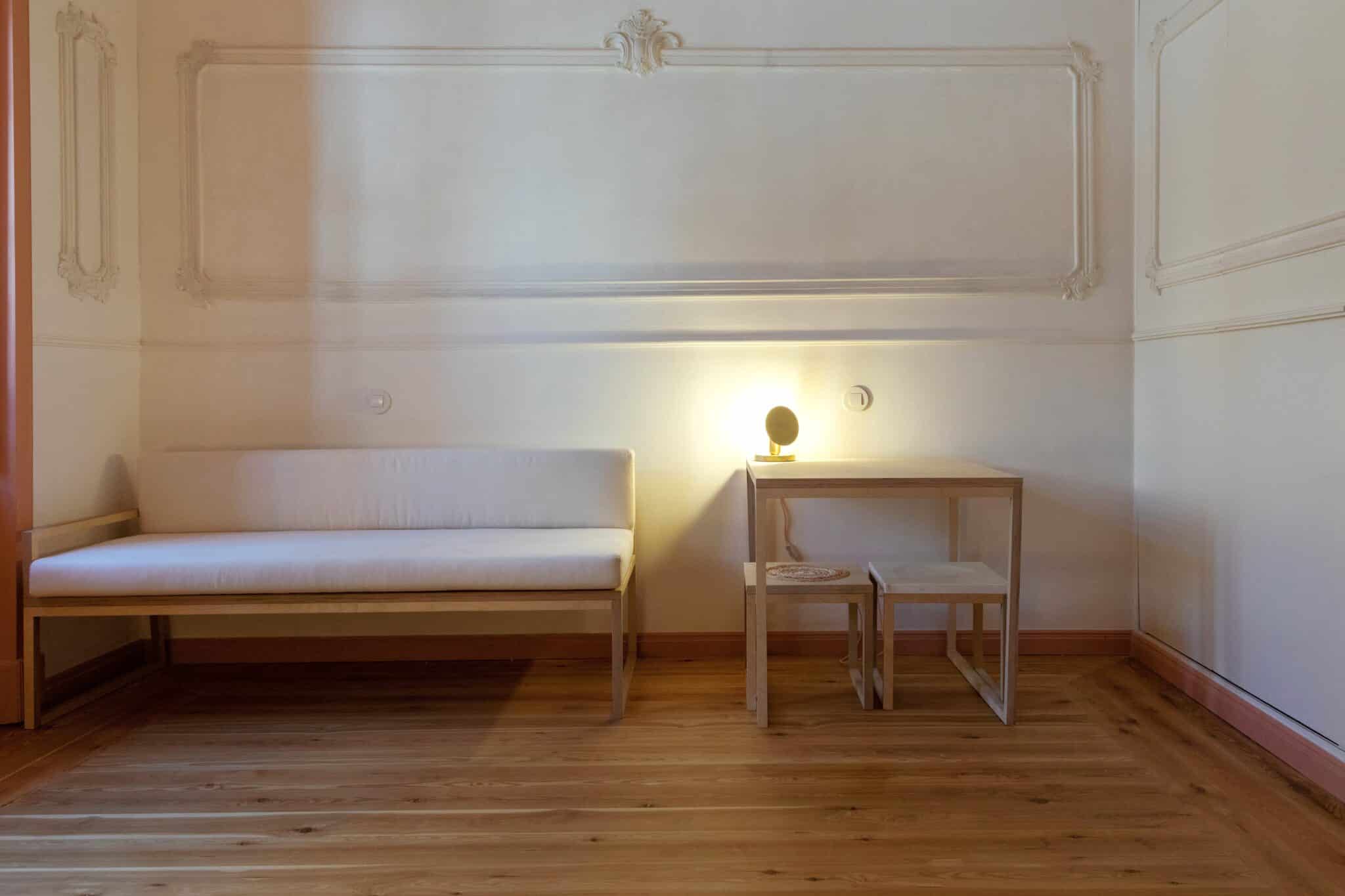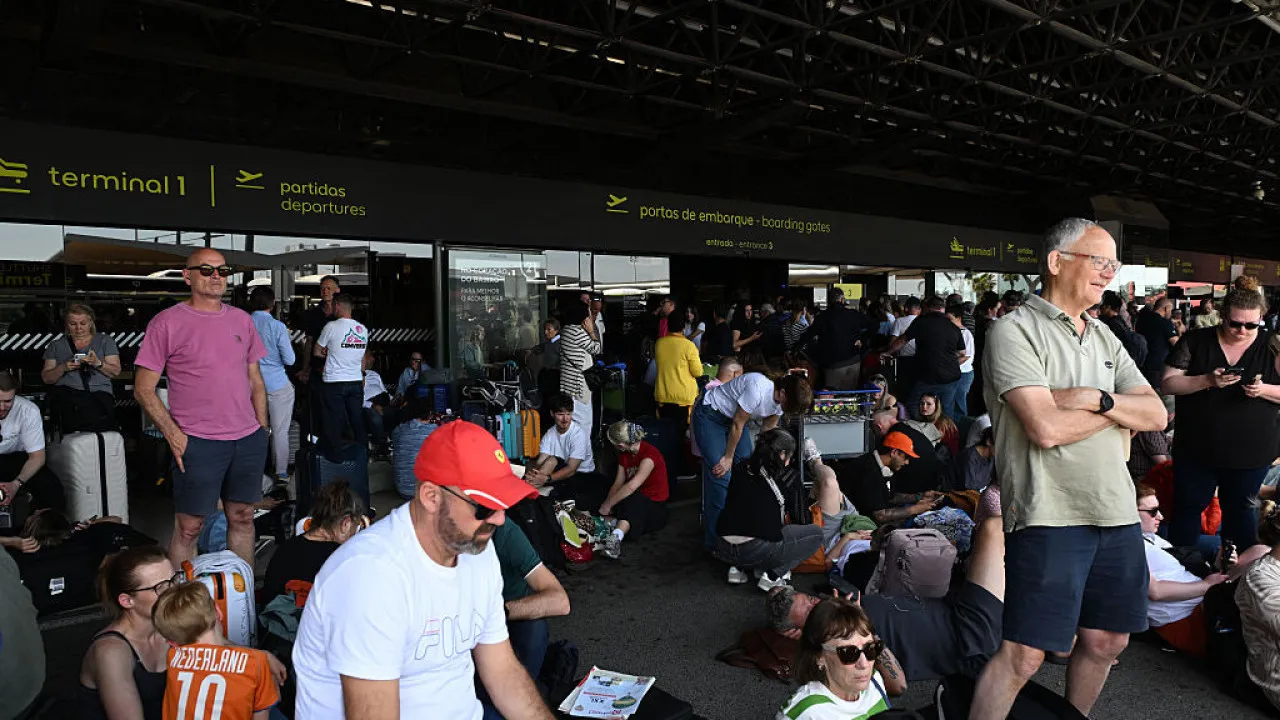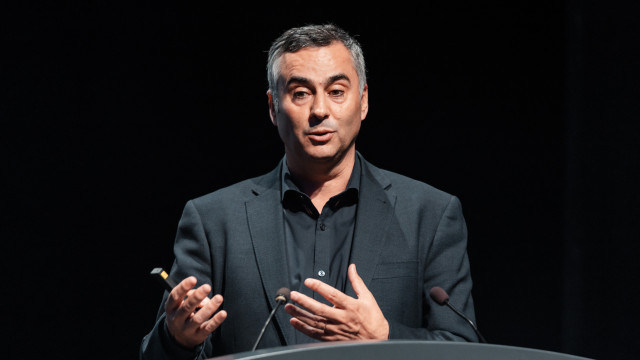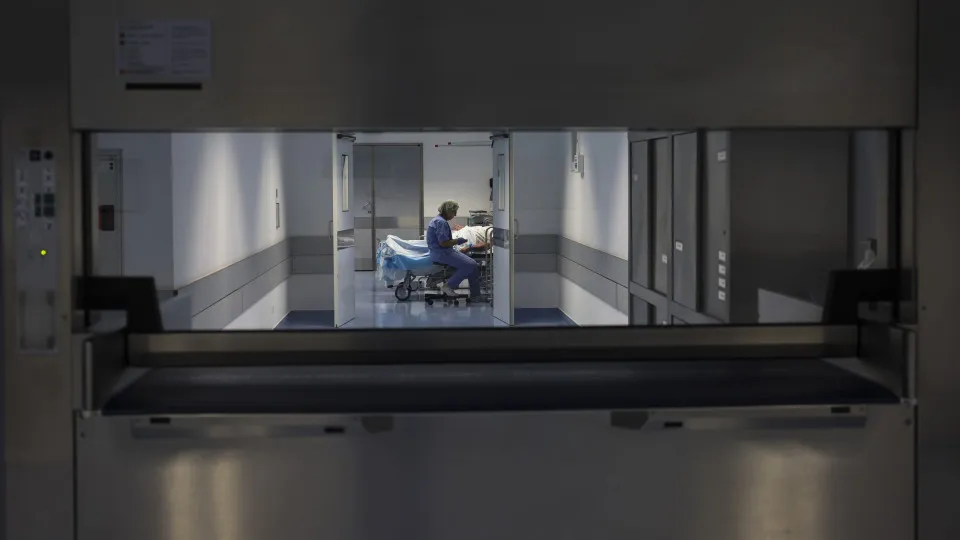The house was renovated, with new features, but faithful to the original design, materials and decorative elements of the time
One hundred years after its construction, the 1923 House opens its doors again, renewed, with new features, but faithful to the original design, materials, and decorative elements of the time.
It was love at first sight for the colorful tiled façade of number 53, Rua Almeida Garrett. Vânia Brito Fernandes, an architect from the Algarve, wanted to make this her home, aware of the challenge it would be to restore this rare building in the city of Faro.
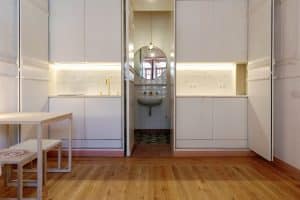
The Art Nouveau style house, with Art Deco decorative elements, but also of what represented the rescue of this century-old heritage, is just a few meters away from the Marina and Vila Adentro, the historic center.
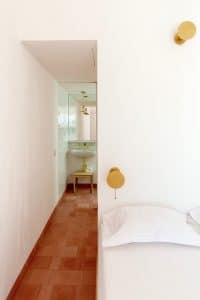
PAr – Plataforma de Arquitectura, which the owner is part of, along with partners Joana Carmo Simões and Susana dos Santos Rodrigues, signed the renovation and expansion project for the building. It did not compromise its identity and resorted to the traditional knowledge and materials of the region. This is the focus of the studio’s work, which privileges the reinterpretation of local and vernacular architectural cultures by contemporary logics, boosting the local economy and valuing craftsmen and artisans.
The volumetry of the building and the distribution
The volumetry of the building and the distribution from a generous central corridor, the backbone of the house, was kept, as in the original plan. On the first floor is the nuclear house, consisting of a fully equipped kitchen, living and dining rooms, and two studios (T0 and T1). In the patio, the well was preserved and a vegetable garden was planted, where the cabbage and broccoli are already flourishing.
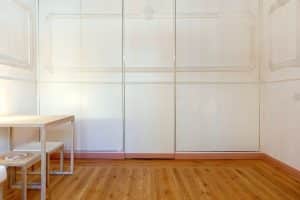
Thus, on the upper floor, there are two more bedrooms and a common room, transformed into a kitchen and multipurpose room (T2). This is where the swimming pool is located, in the same place where the tank for the Jesuit College vegetable garden used to be. The white of the walls contrasts with the ivy and the flowerbeds that border the walls of the building.
The color palette respected the original shades of the interiors, in old pink, white, and with hints of black and bordeaux.
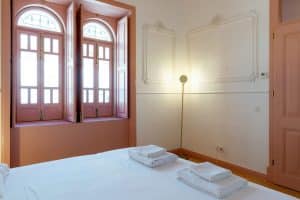
The decoration is minimalist and cozy and stands out the furniture designed by PAr
The decoration is minimalist and welcoming, and the furniture designed by PAr stands out, as does the lighting, which contrast with the reconstituted period elements. Such as the doors and windows, the metalwork worked with organic designs. Not forgetting the stained glass windows, the friezes and florals in plaster, the escutcheons on the walls, the tiles with geometric or floral motifs. As well as the hydraulic tiles, the marble with pink veins, the brass fittings. Cork was used for insulation. There is also no lack of amenities, such as air conditioning, television, and wifi.
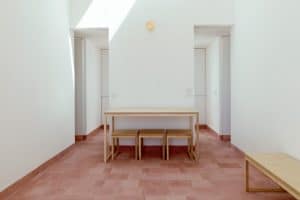
Casa 1923 thus gained versatility, the environments adapting to the needs of daily life or work. The use of materials – tiles, stones, wood – and the use of local suppliers and craftsmen are crucial to the sustainability of the project.
This orientation in all PArPlatform Architecture projects earned him the Archiczer Awards Jury Winner and the Best for Green Praccces & Sustainability Award from Condé Nast Johansens.
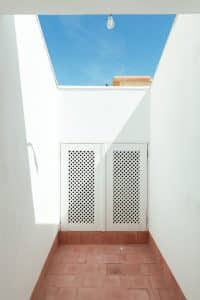
“From the ground we make houses, with the architectural culture and the traditional construction knowledge, with the materials and the people of a place,” say the partners.
Above all, architecture with purpose and that values the place and the people. The result of this recovery was so rewarding that, at the end of the summer, PAr – Plataforma de Arquitectura will move into the first floor and make it their home.
More information at www.casa1923.com.

